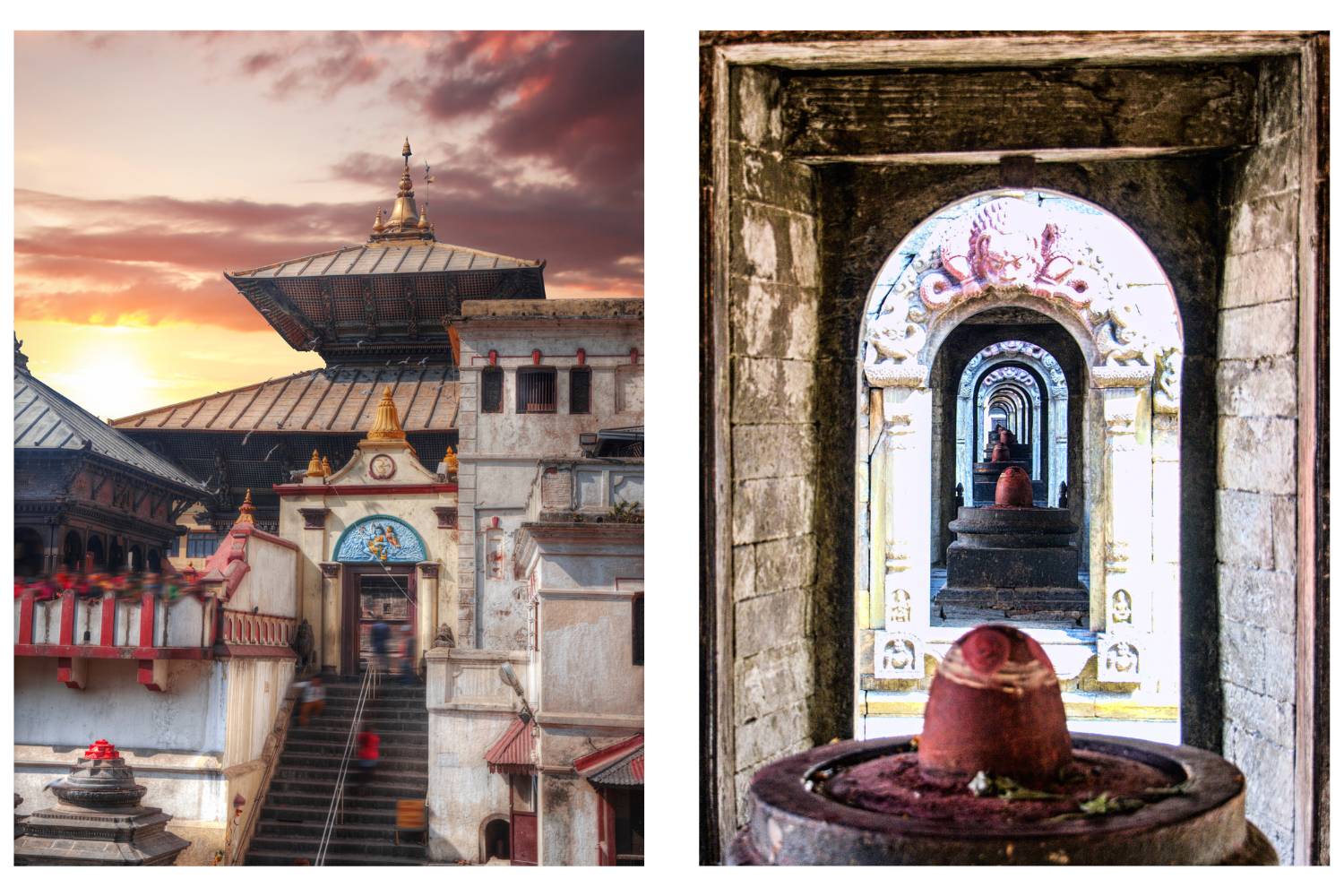Nepal, known as the land of temples, is a country rich in cultural and religious heritage. From ancient Hindu temples to Buddhist stupas, Nepal boasts a wide array of magnificent religious structures. In this detailed blog, we will explore some of the prominent temples in Nepal, highlighting their history, significance, and architectural beauty.
Pashupatinath Temple
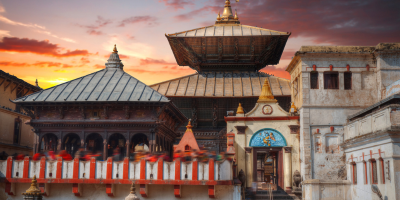
Located on the banks of the Bagmati River in Kathmandu, Pashupatinath Temple is one of the most sacred Hindu temples dedicated to Lord Shiva. This UNESCO World Heritage Site attracts thousands of devotees and pilgrims each year. The temple complex encompasses various smaller temples, ashrams, and cremation ghats. Non-Hindus can observe the temple from the eastern bank of the river.
Boudhanath Stupa
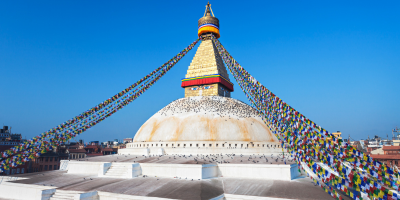
Situated in Kathmandu, Boudhanath Stupa is one of the largest spherical stupas in Nepal and a significant pilgrimage site for Buddhists. This ancient stupa is adorned with colorful prayer flags and surrounded by monasteries. It is believed to house the relics of Kasyapa Buddha and is a UNESCO World Heritage Site. Visitors can circumambulate the stupa while spinning prayer wheels and chanting mantras.
Swayambhunath Stupa
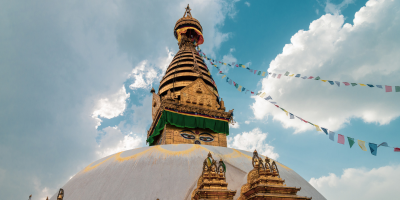
Perched atop a hill west of Kathmandu, Swayambhunath Stupa, also known as the Monkey Temple, offers breathtaking panoramic views of the city. This Buddhist stupa is adorned with prayer flags, intricate carvings, and a glistening white dome. The site also features temples, shrines, and a host of monkeys roaming freely. Swayambhunath is a UNESCO World Heritage Site and holds great religious significance for both Buddhists and Hindus.
Muktinath Temple
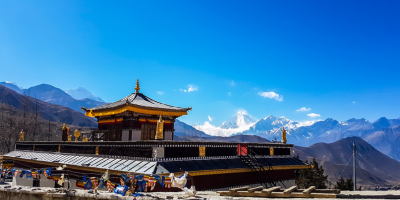
Located in the Mustang district of Nepal, Muktinath Temple is a sacred pilgrimage site for both Hindus and Buddhists. It is situated at an altitude of 3,710 meters and holds immense religious importance. The temple is dedicated to Lord Vishnu and features a unique combination of Hindu and Buddhist architecture. Pilgrims believe that taking a holy bath in the 108 water spouts surrounding the temple brings salvation.
Manakamana Temple

Situated in the Gorkha district of Nepal, Manakamana Temple is dedicated to the Hindu goddess Bhagwati, an incarnation of Parvati. The temple is accessible via a cable car ride, providing stunning views of the surrounding landscape. Devotees flock to this temple to make wishes, and it is believed that prayers made here are fulfilled. The journey to Manakamana Temple is considered an exciting spiritual experience.
Janaki Temple
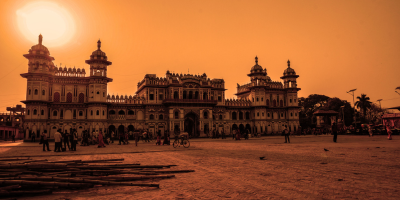
Located in Janakpur, the Janaki Temple is a famous Hindu temple dedicated to the goddess Sita, the consort of Lord Rama. The temple's architecture reflects the Mughal style, with exquisite wood carvings and artwork depicting scenes from the epic Ramayana. The temple complex also houses a sacred pond called Janaki Kund. The city of Janakpur holds great historical and religious significance for Hindus.
Changu Narayan Temple
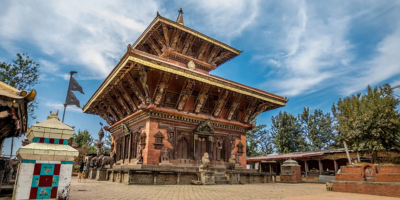
Situated on a hilltop in the Bhaktapur district, Changu Narayan Temple is one of the oldest Hindu temples in Nepal. Dedicated to Lord Vishnu, the temple is renowned for its stunning architecture and intricate stone carvings. The temple complex features various smaller shrines and statues. Changu Narayan Temple is a UNESCO World Heritage Site and a must-visit for history and architecture enthusiasts.
Dakshinkali Temple
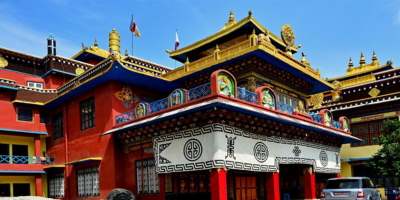
Located near Kathmandu, Dakshinkali Temple is dedicated to the Hindu goddess Kali. This temple is known for its fierce deity and is believed to fulfill the wishes of devotees. Animal sacrifices are a common ritual here, particularly during the Dashain festival. The surrounding area offers scenic views, and many visitors combine their temple visit with a hike in the nearby hills.
These are just a few examples of the numerous temples that grace the landscape of Nepal. Each temple has its unique history, cultural significance, and architectural marvels that attract devotees and tourists alike. Exploring these sacred sites provides a glimpse into Nepal's rich religious heritage and offers a profound spiritual experience.

